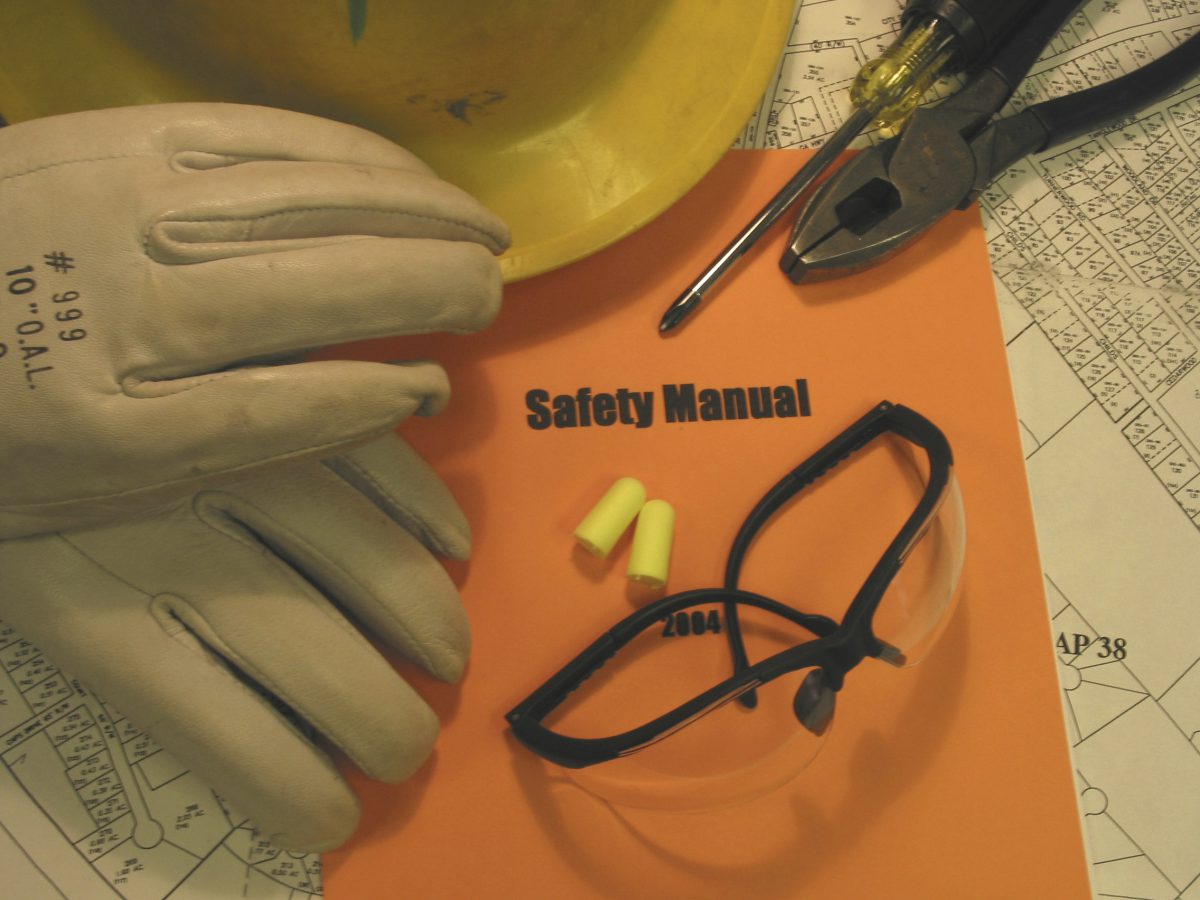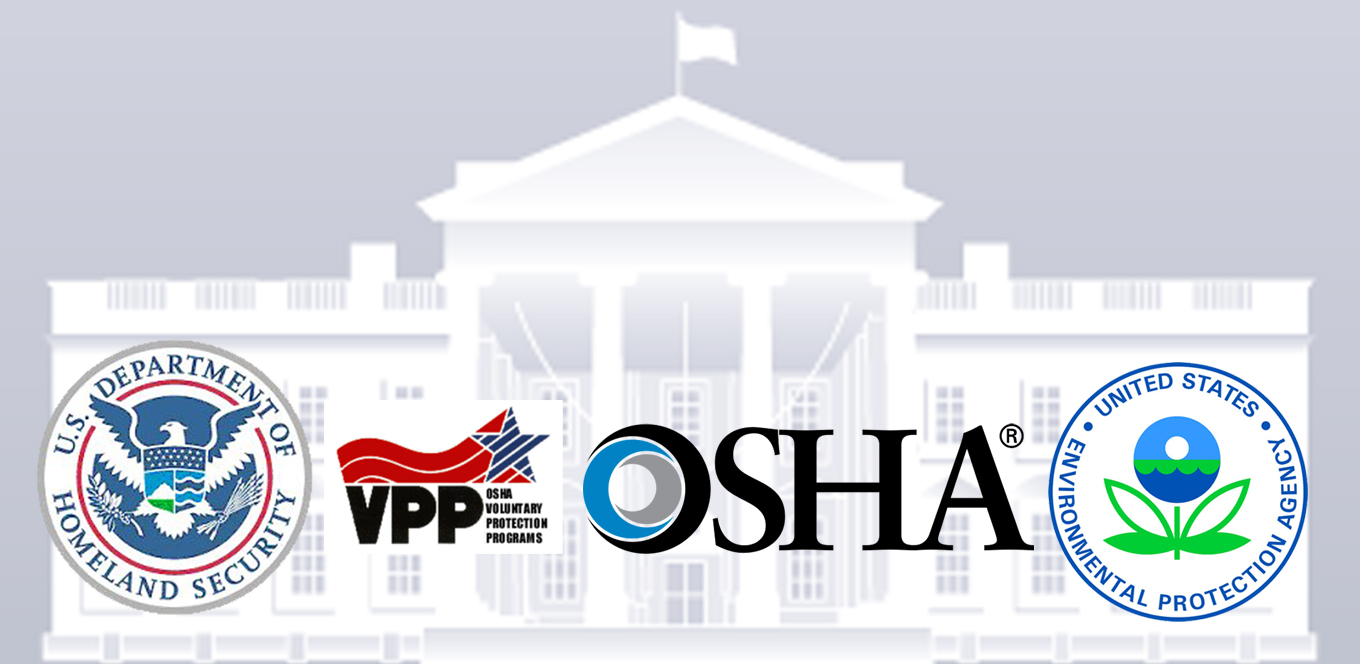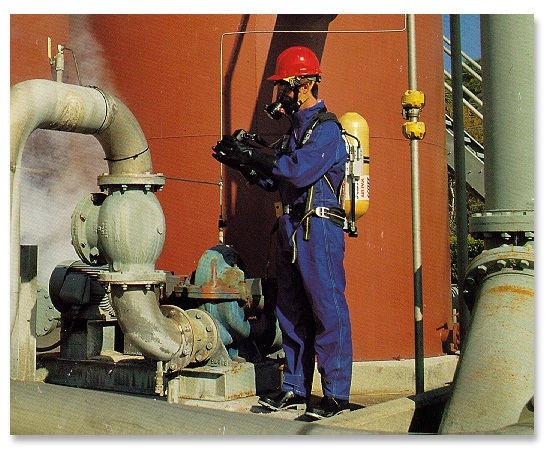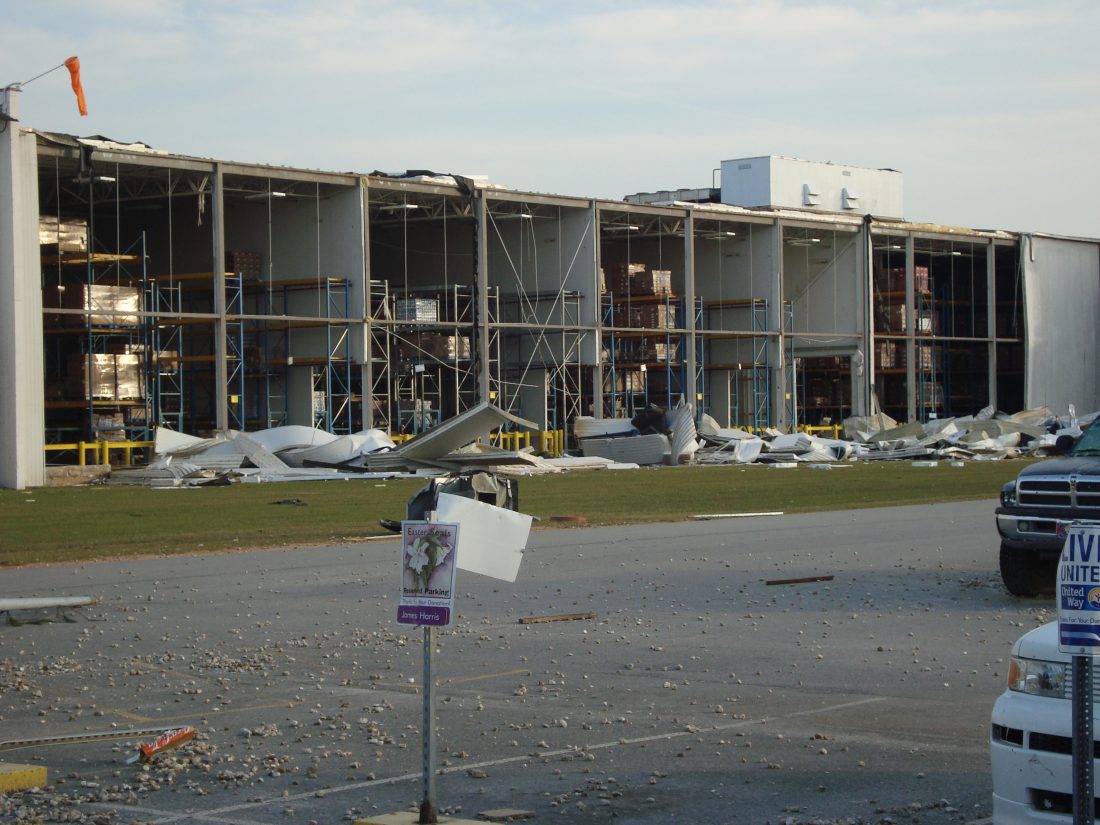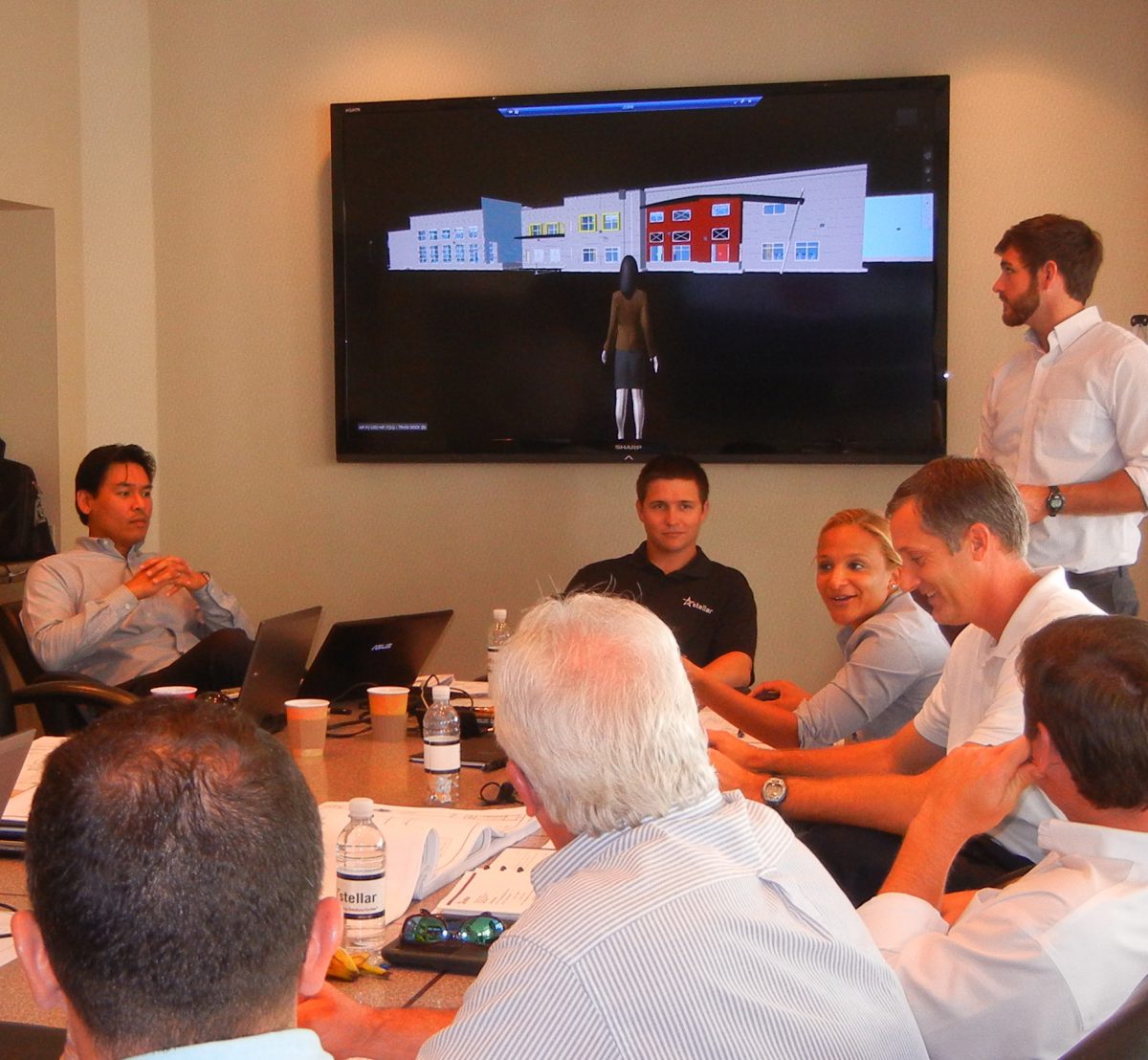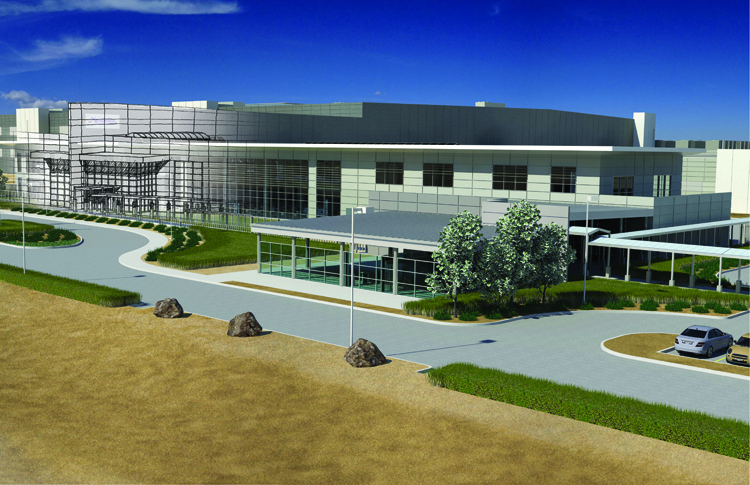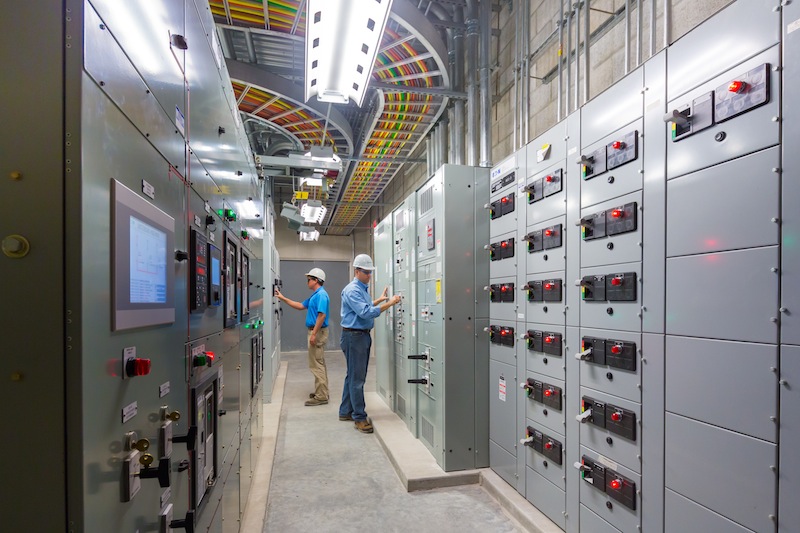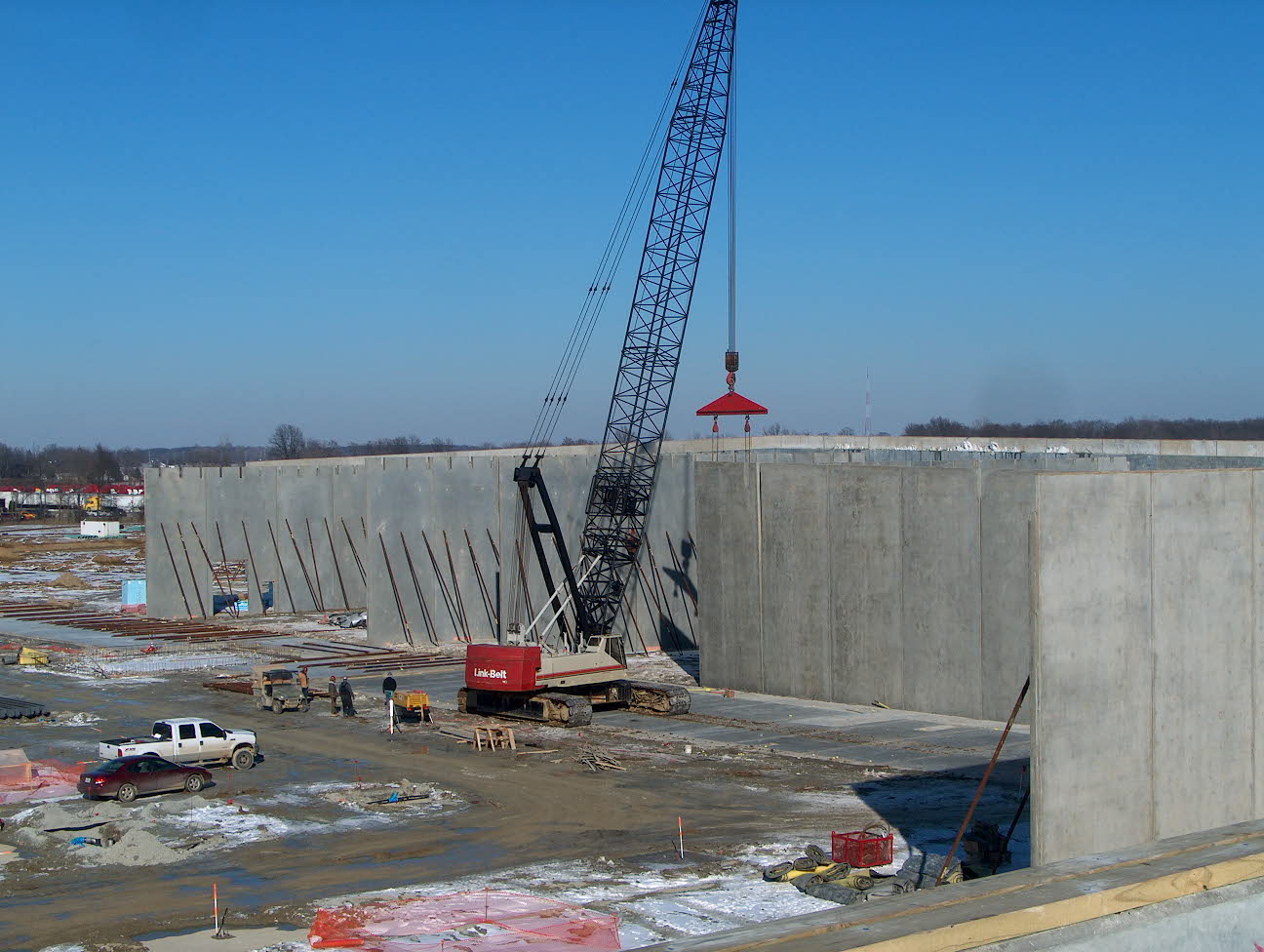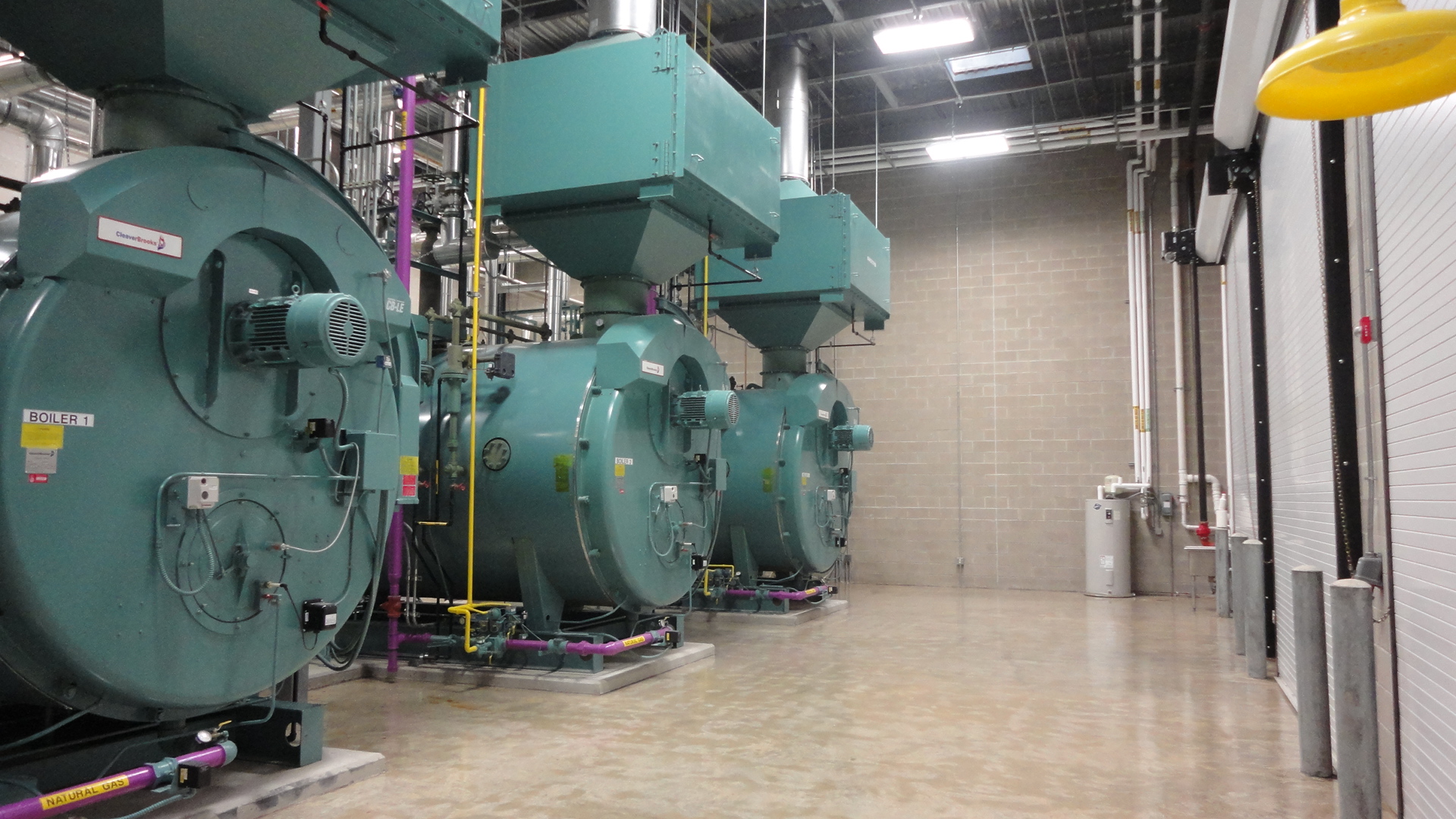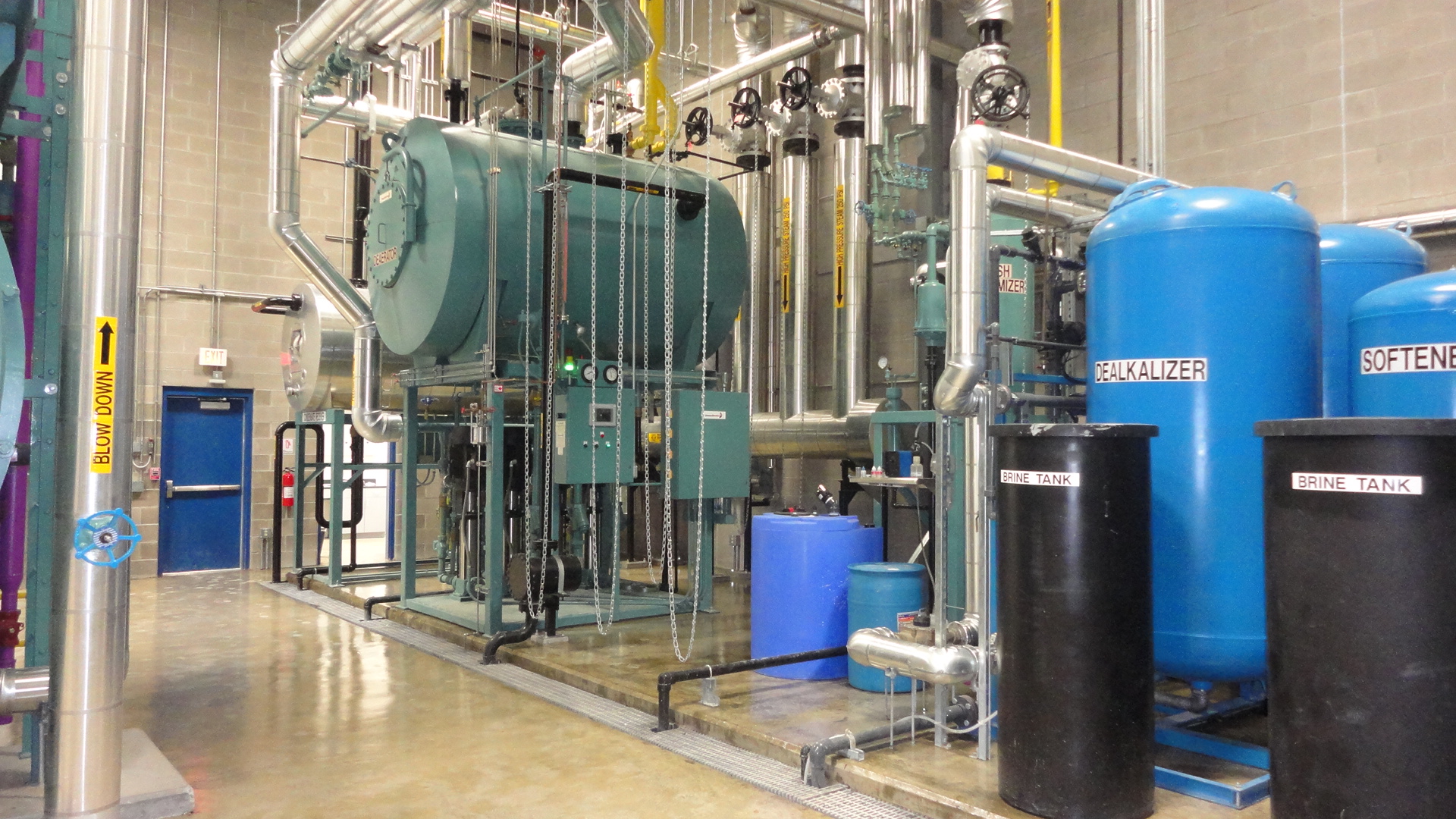Five Steps to Developing the Most Effective Food Processing Emergency Response Plan
You’ve conducted the required emergency response training with your employees — but are they truly prepared for an incident? Recognizing that government-mandated training is often not enough, many food processing safety managers are going above and beyond mandated requirements and customizing training to ensure employees are prepared for a range of unexpected scenarios. Below are five key steps you can take to ensure your employees are prepared for any emergency:



